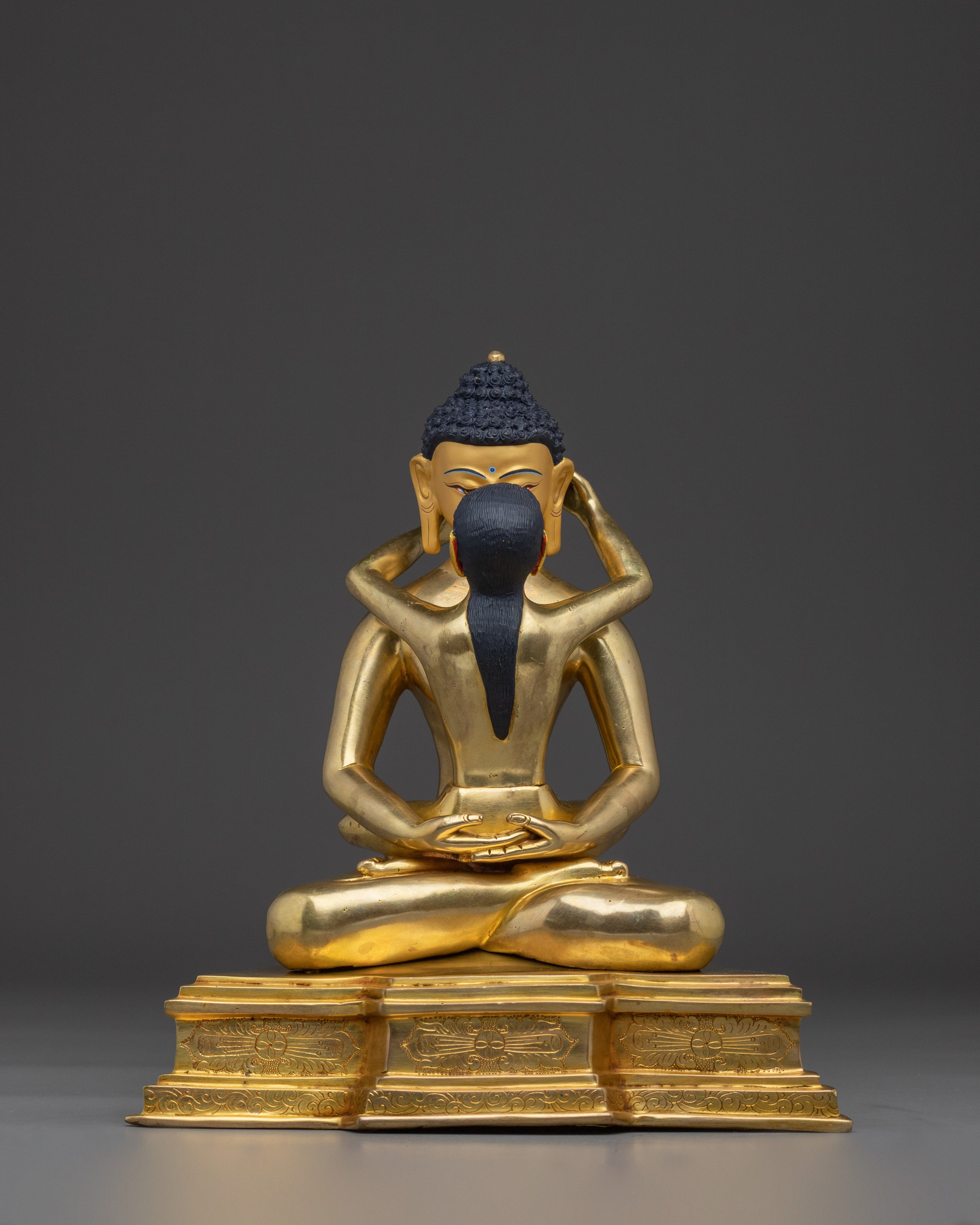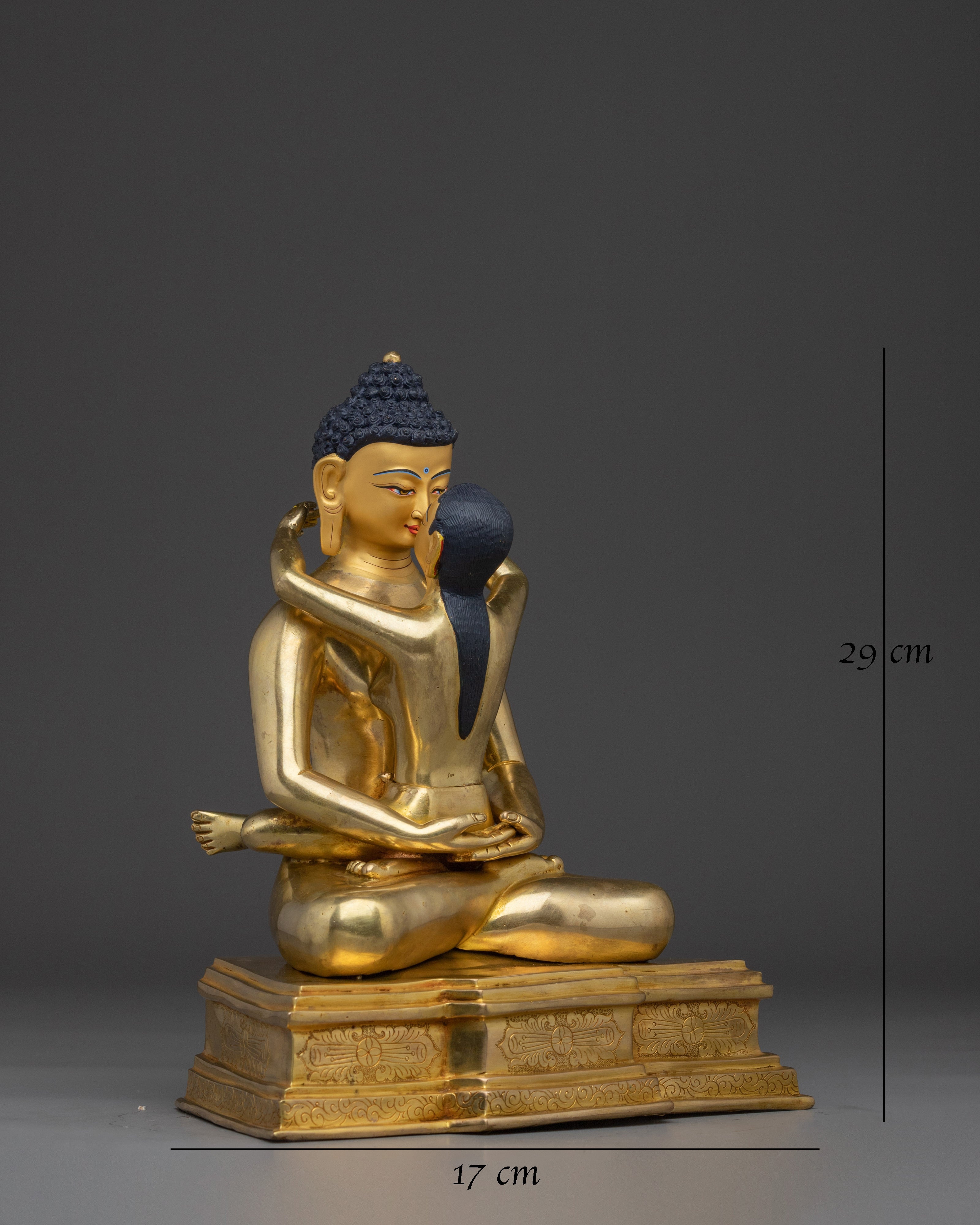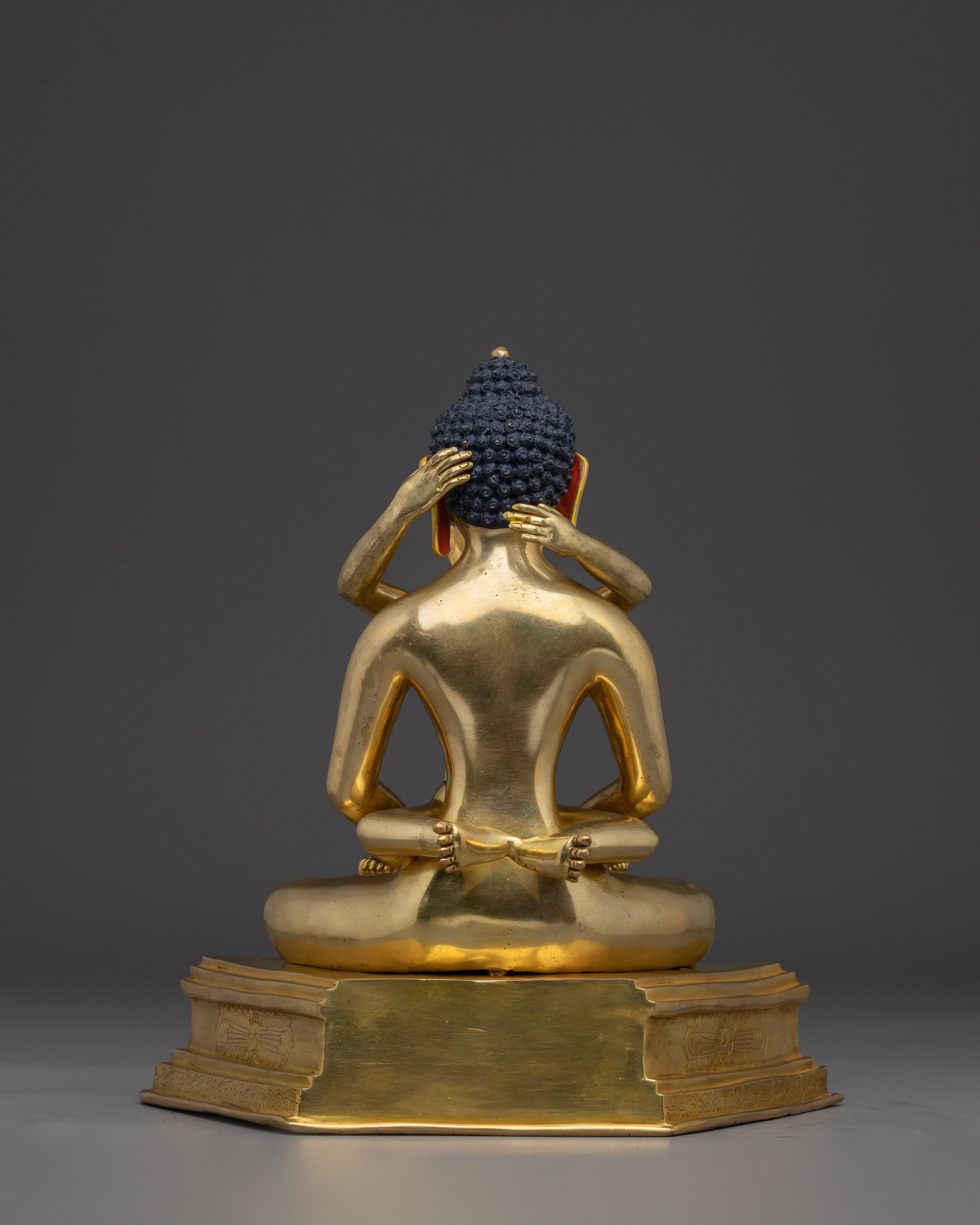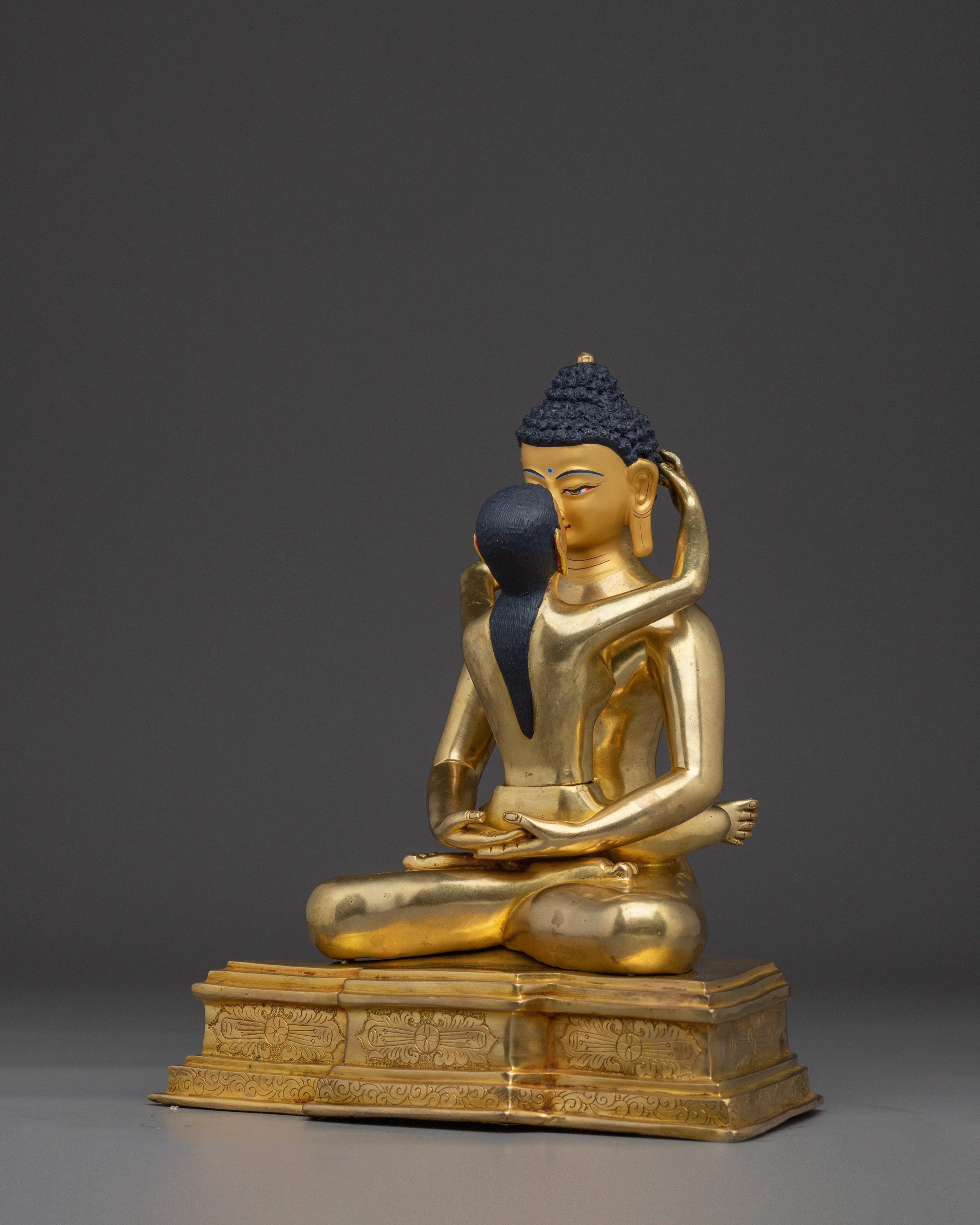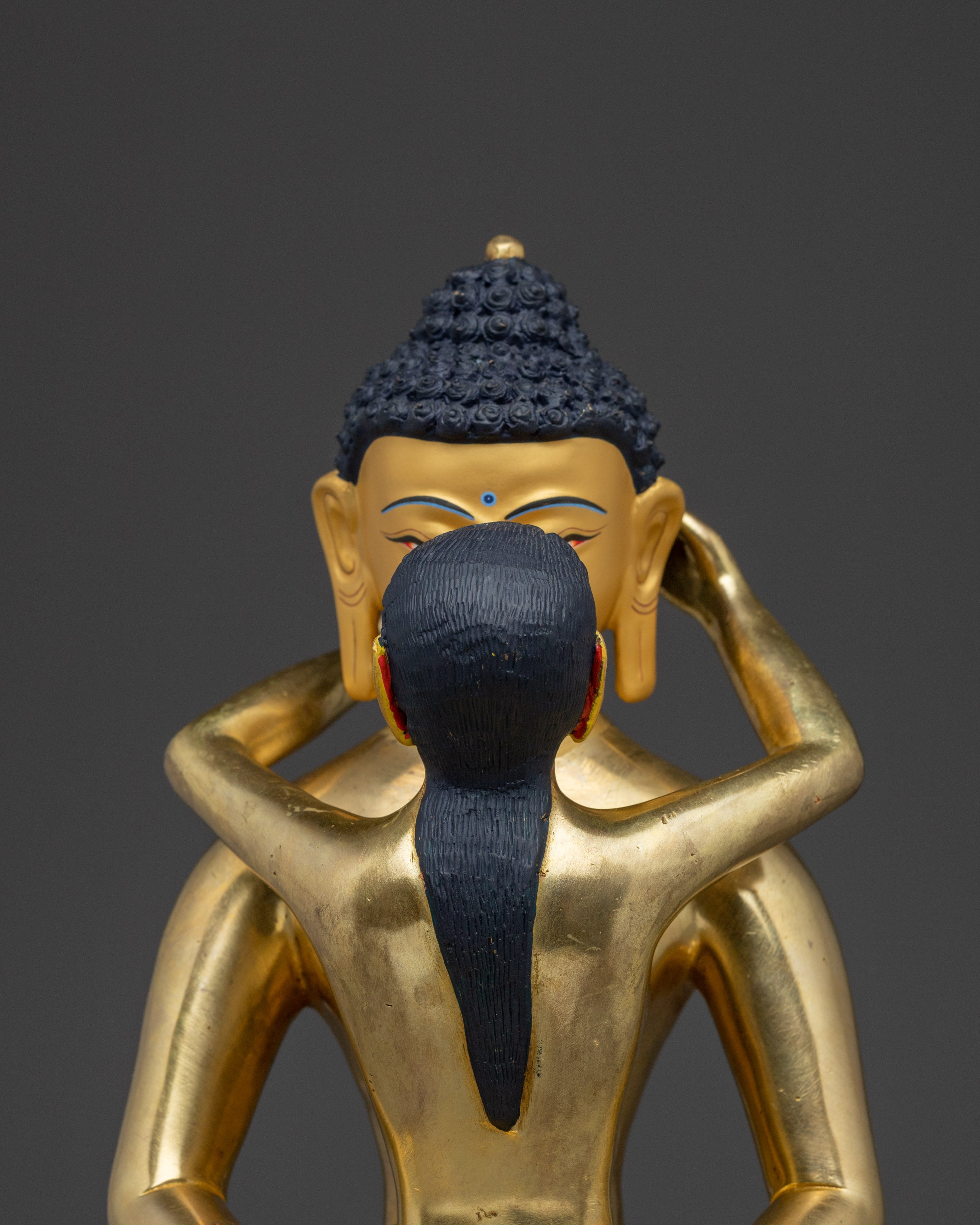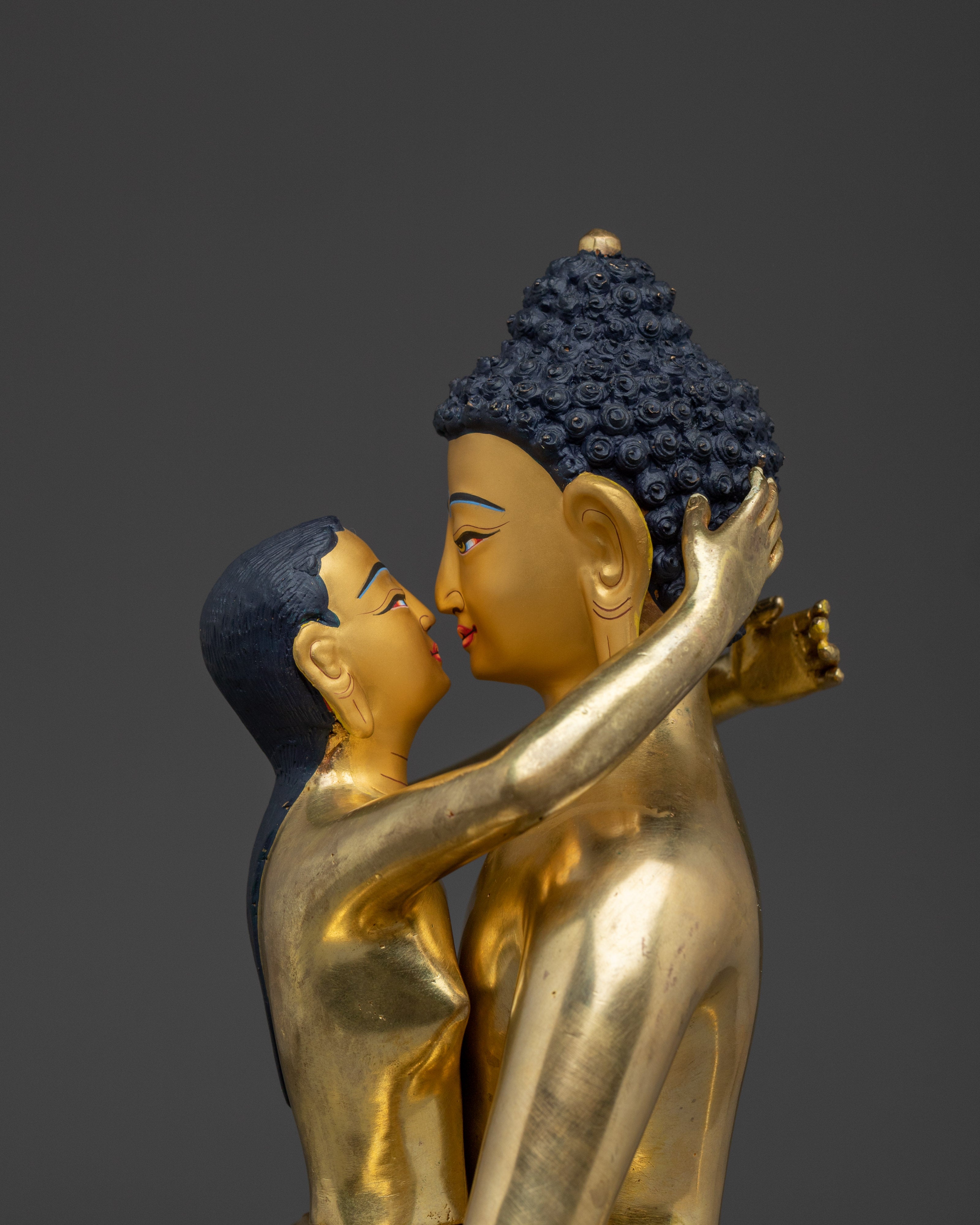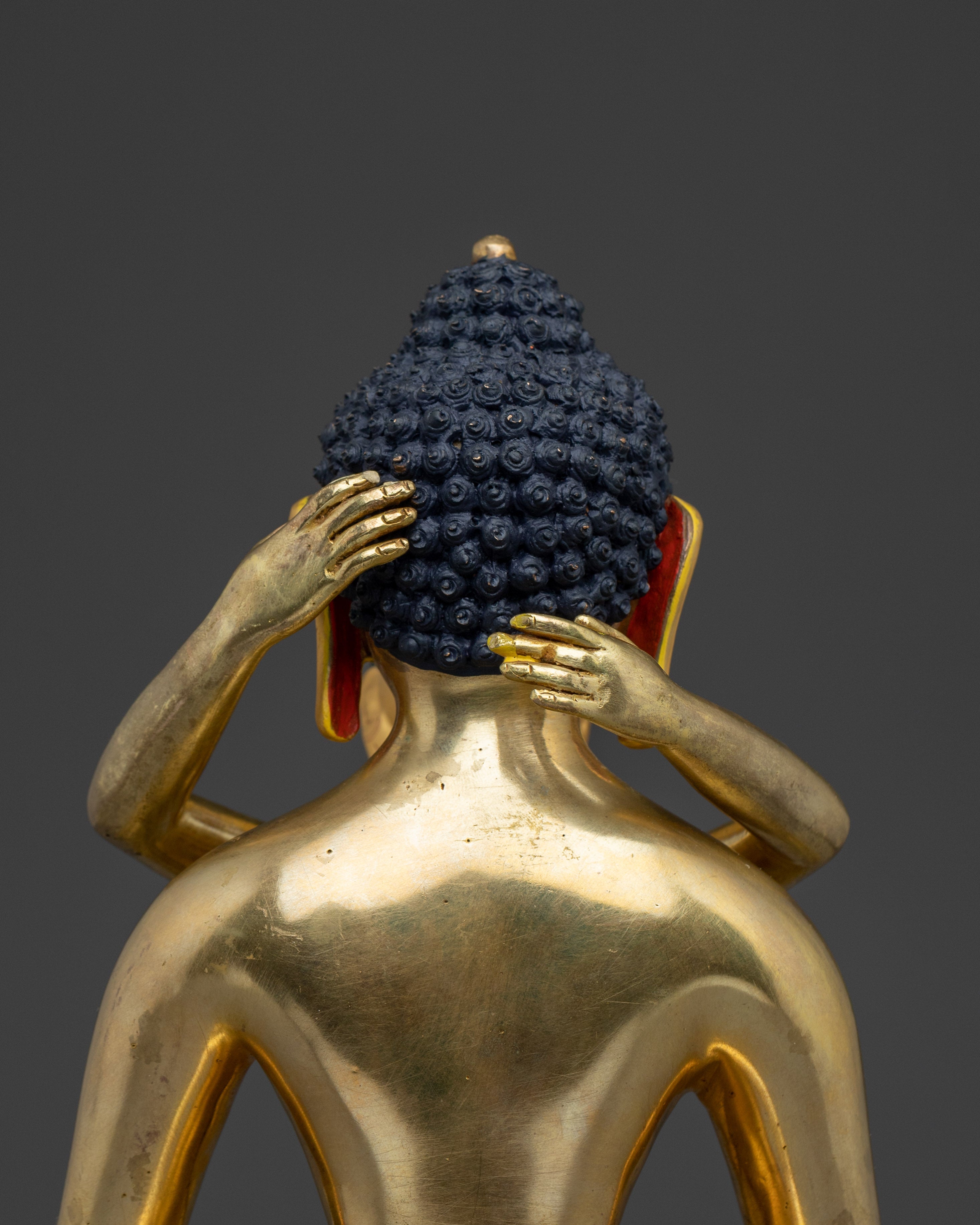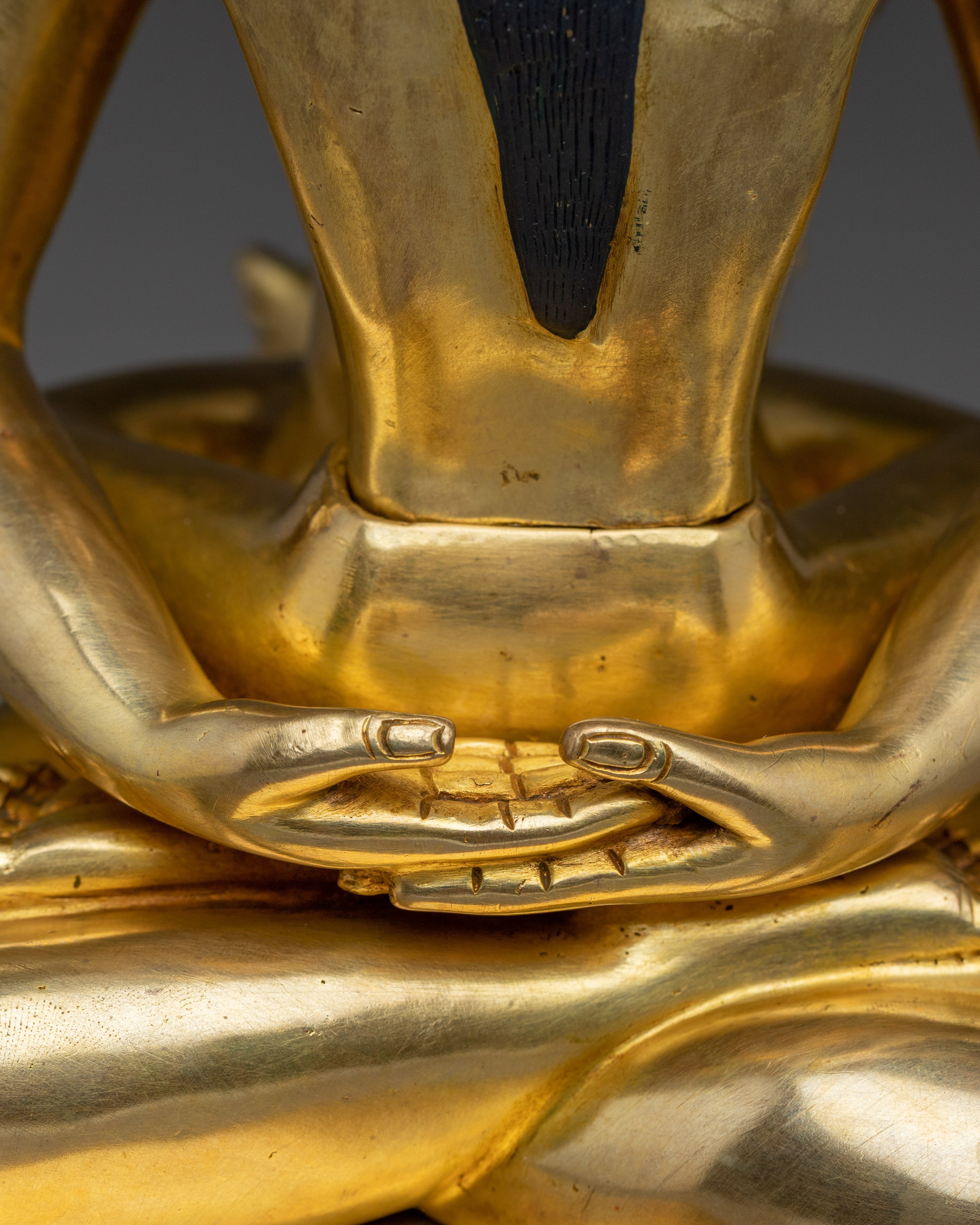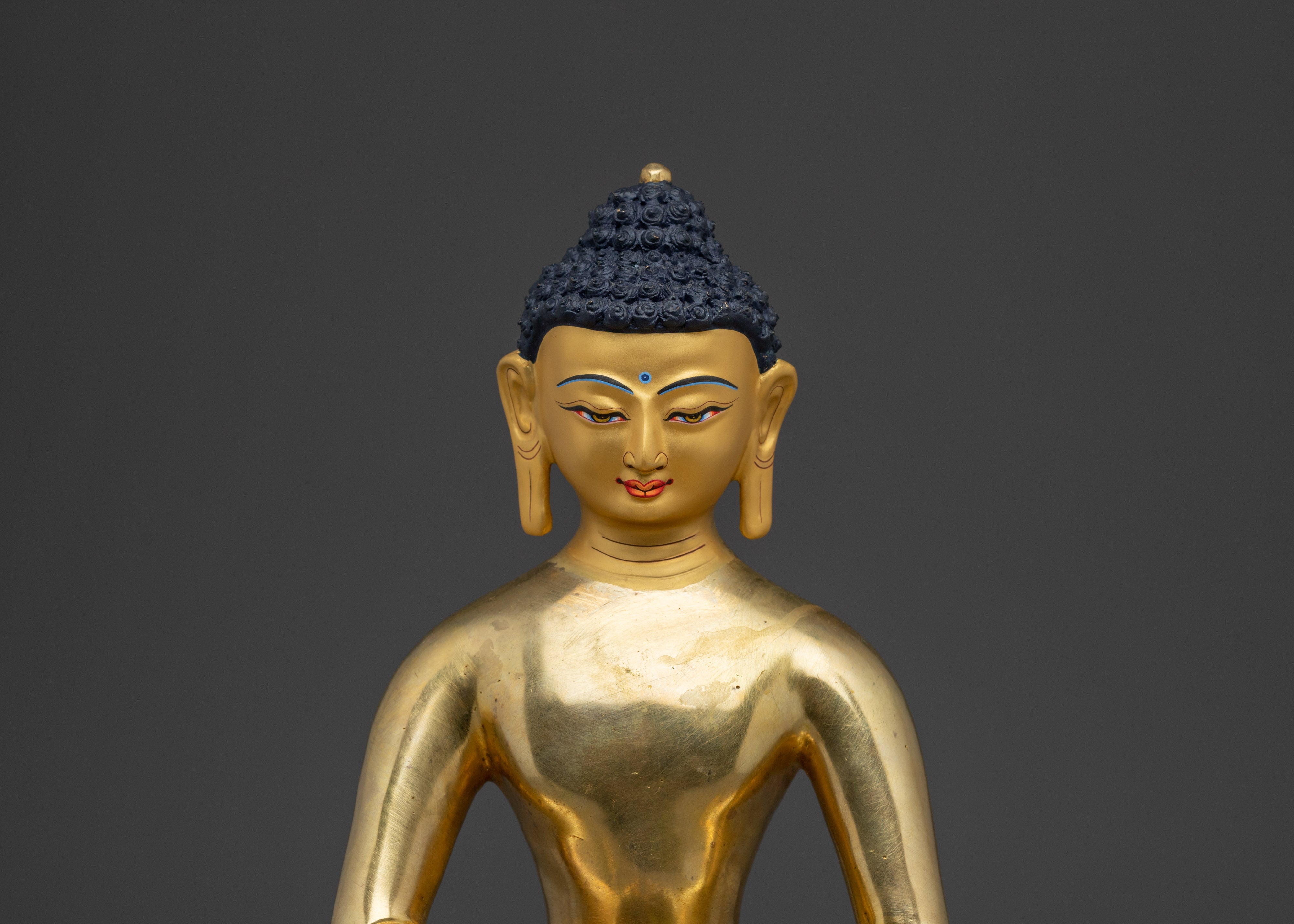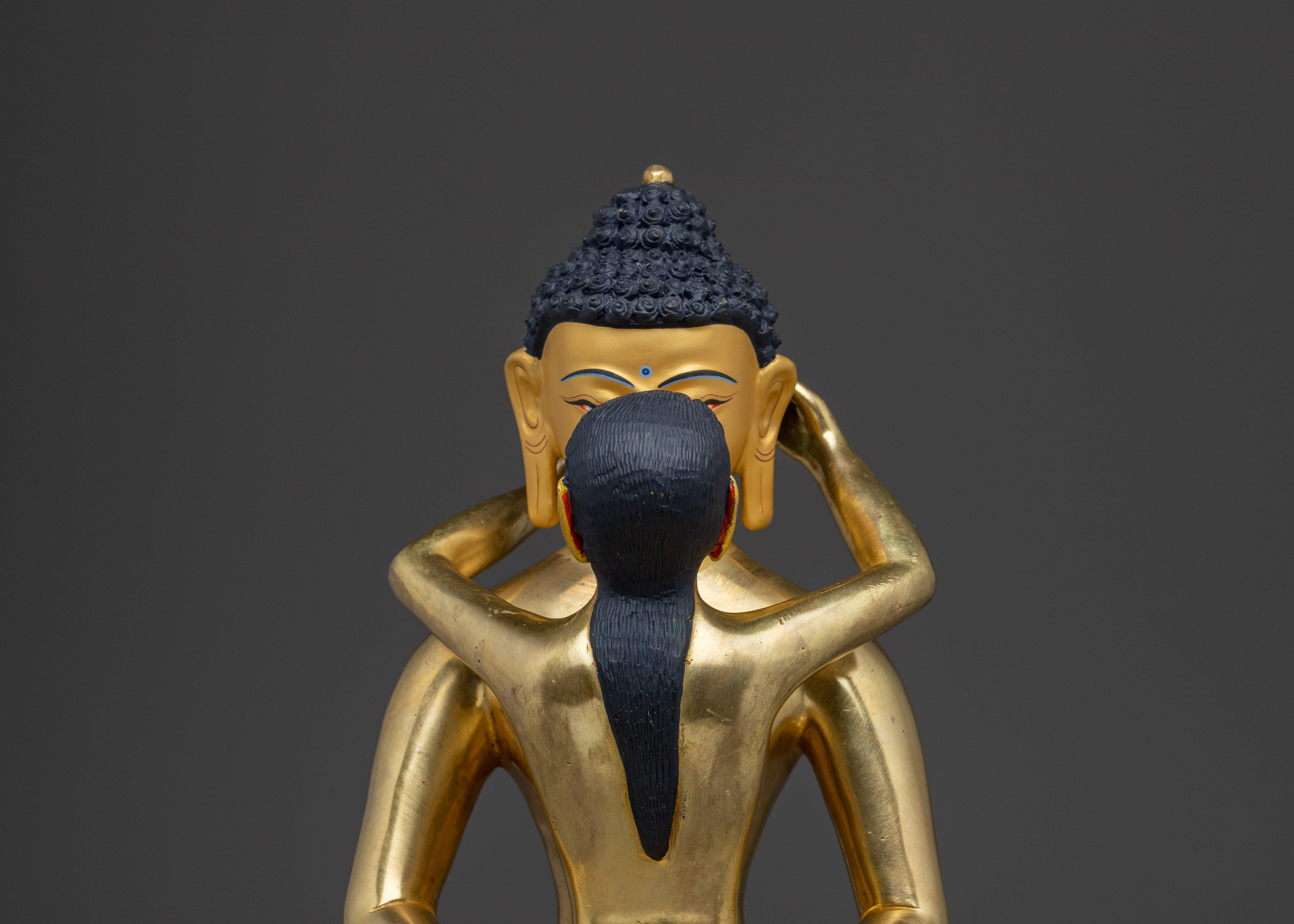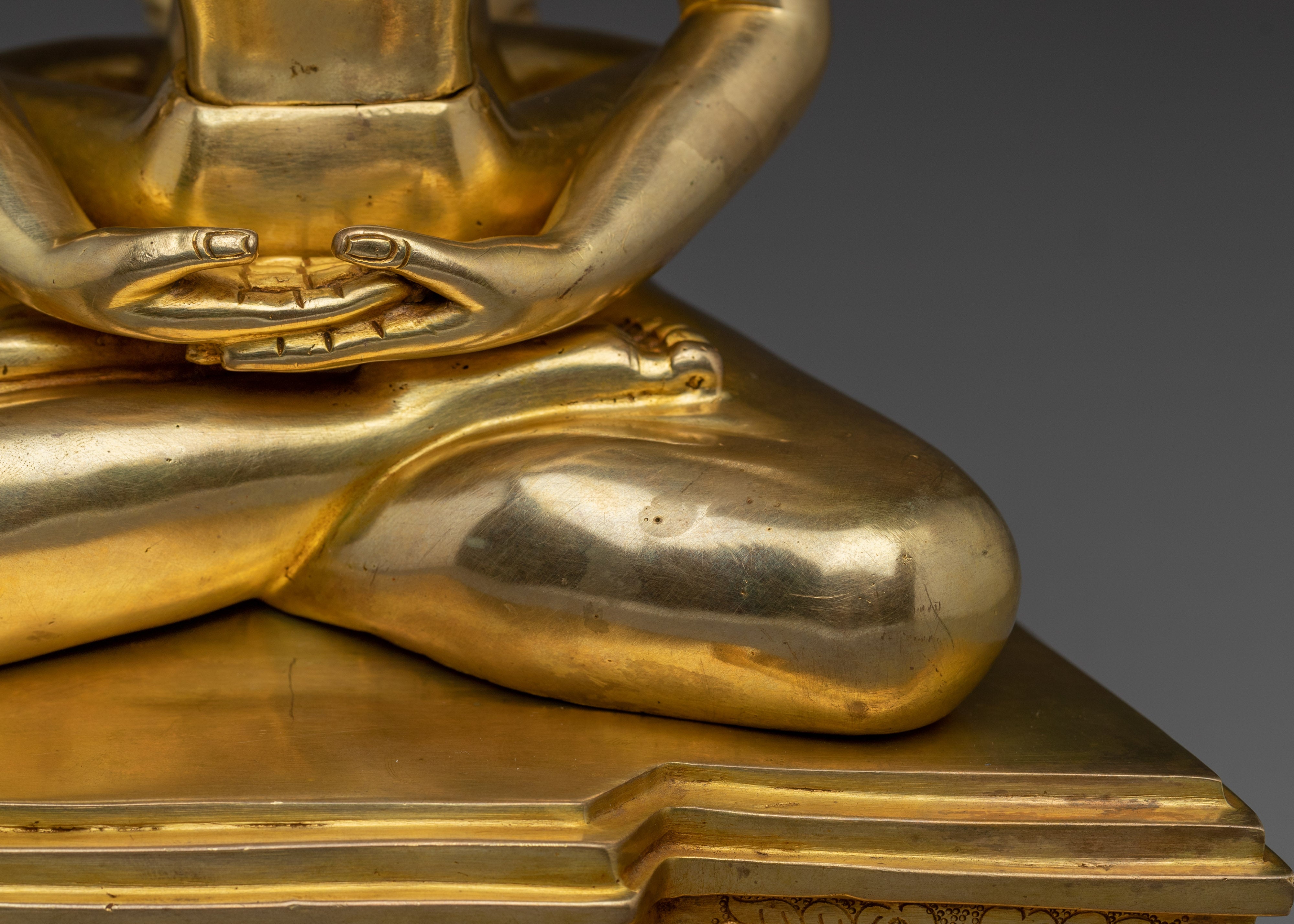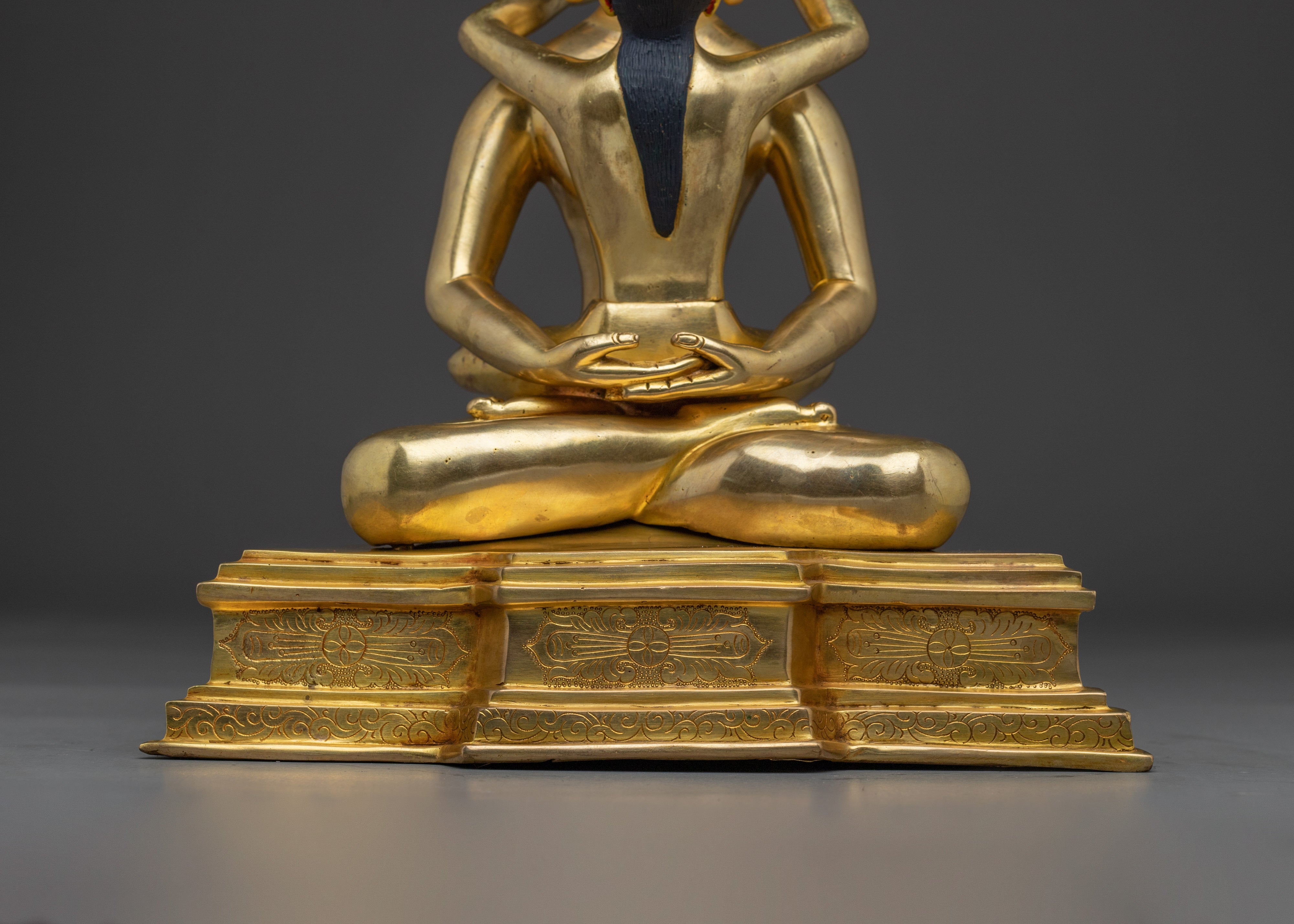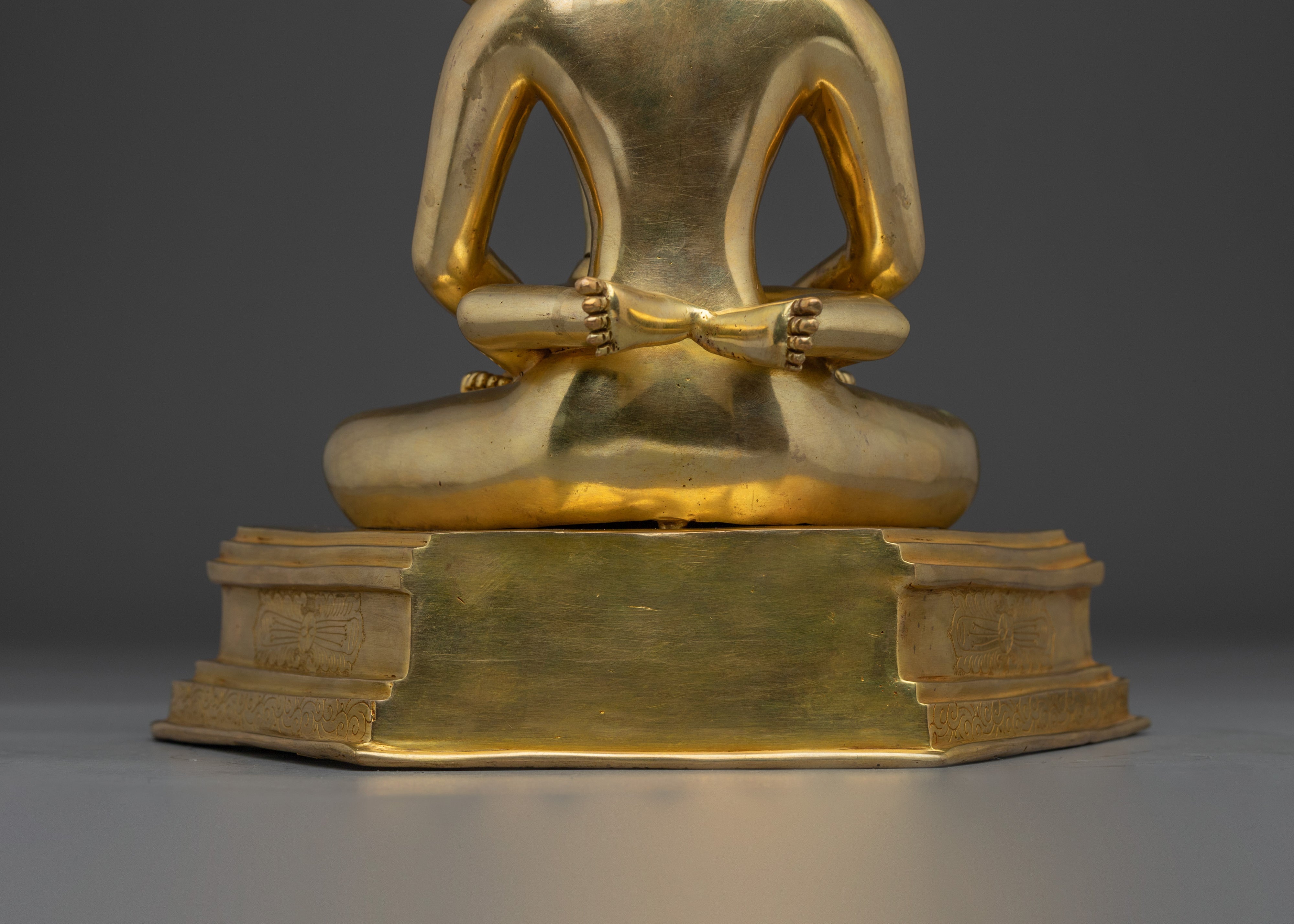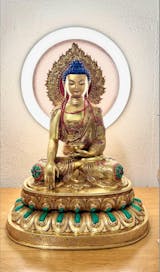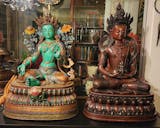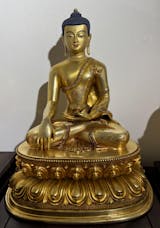I’m very happy with my acquisition, the statue is really beautiful and inspiring. It was perfectly packed and arrived quickly. Thank you Nima for your steadfast accompaniment throughout the whole process, it made for a personal experience. I would wholeheartedly do business with Terma Tree again. Highly recommended!
The design is fantastic, I'm extremely satisfied.
Top-notch customer service from Nima. She was incredibly helpful, guided me through the entire process, and kept me updated on the statue’s availability despite a very busy period. It was a gift and my family absolutely loved it—truly spectacular artistry.
Top-notch customer service from Nima. She was incredibly helpful, guided me through the entire process, and kept me updated on the statue’s availability despite a very busy period. It was a gift and my family absolutely loved the Vajrapani colourful copper statue—truly spectacular artistry.
I can not thank Nima and the Termatree team enough for the wonderful service and the stunning work of art and blessed object. Nima was the most responsive, communicative, and helpful person one could ask for when buying a sacred item. The beauty and craftsmanship of my sculpture inspires me to practice every day.
Wonderful Statue. Quick delivery.Help and kind support during the process. Thank you.
Beautiful statue and very fast shipping with superb package, customer service was great as well.
Amazing. Delivery without any problems. Thank you so much for your kind support.
Wonderful statue, amazing artwork - very fast delivery and friendly service - Thank you so much!
Arrived quickly and packaged perfectly. This is a great seller who supports local artisans with qhkty products.
TermaTree is an excellent source for high-quality Dharma items. Thanks to their representative Nima, I was able to have my rupa consecrated by the monks at Sechen Monastery. I highly recommend their products and services. Gonpo Jack Salamone
Good product, very colorful, very good detail!
A very high quality statue and a very good communication and service. Thank you very much.
I'm very happy and satisfied with this statue. it's well done, a good size, and was very reasonable for what it is. These images of Hayagriva in this size are not easy to find. Delivery was on schedule, so a smooth flow with this company. They have new customers from our sangha!
The statue is beautiful, finely crafted, and has a lovely finish — truly precise, exquisite work. Communication with the seller was excellent, and the shipment arrived quickly. It was packed very well and securely. I am completely satisfied.
I just received my Amitayus copper statue, and I couldn't be more pleased. My appreciation goes out to the skilled artists at Termatree, and to Nima in particular, who helped me with the ordering process, taking care of a few special requests of mine. She was such a pleasure to work with. It was packaged with care, and arrived sooner than expected. He occupies a prominent position in my home, instilling a sense of peace within me. I couldn't be happier. Thanks again, Termatree!
Very well made statue with fine details and nice finish. Very beautifull in all her fierceness. Packaging was very professional and customer service was very kind and made sure that I knew about the import taxes. Shipping was faster than estimated. The shipping company took a smallish extra fee for custom handling, but in this case, it felt worth the money as everything went smoothly and their customer service worked well.
It became a bit more expensive with taxes. but see it as a sacrifice Very happy with the Statue kh Lyzet.
Ottima fattura, riesce a dare piacevole suggestioni sia avendola dinanzi che dal di dietro
Tie Buddha statue arrived safely, and I really like it. The craftsmanship and the energy it carries are extraordinary. Thank you very much for your care,kindness, and the beautiful work you put into creating it and preparing it for shipment.
Nima and her team were the most responsive, caring and helpful team one could ask for while purchasing a sacred object. The beauty of the sculptures speak for themself. I am so pleased with my purchase- thank you Termatree!
Great shipping wrap, great customer service, a very good shop with good sales!
I have a great experience with Termatree! Bought a Shakyamuni Buddha statue. It arrived on time and was painstakingly wrapped and protected. The craftsmanship is exquisite. Very impressed with Nima's exemplary customer service. She also facilitated consecration of the statue. I am very glad to have made the purchase. Highly recommended. Anyone interested in acquiring high-quality Buddhist statues should consider Termatree.

